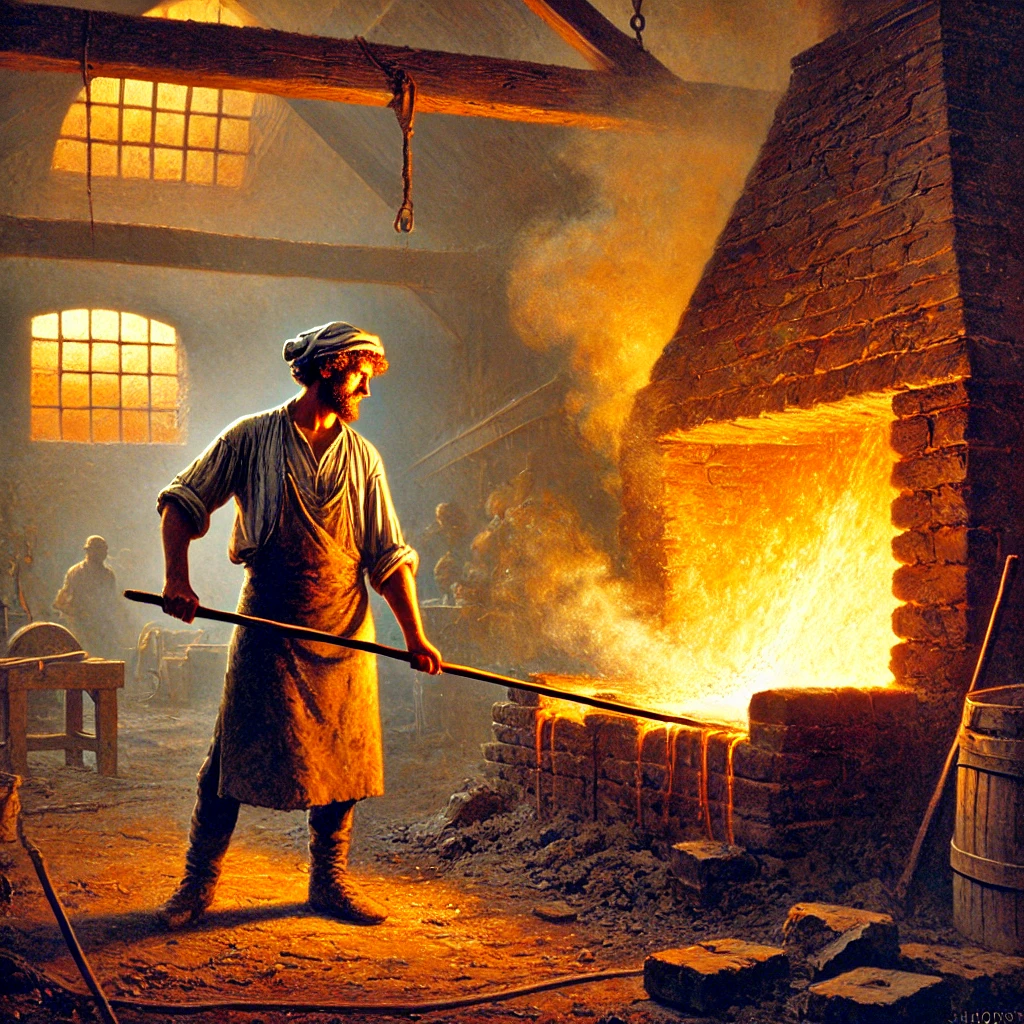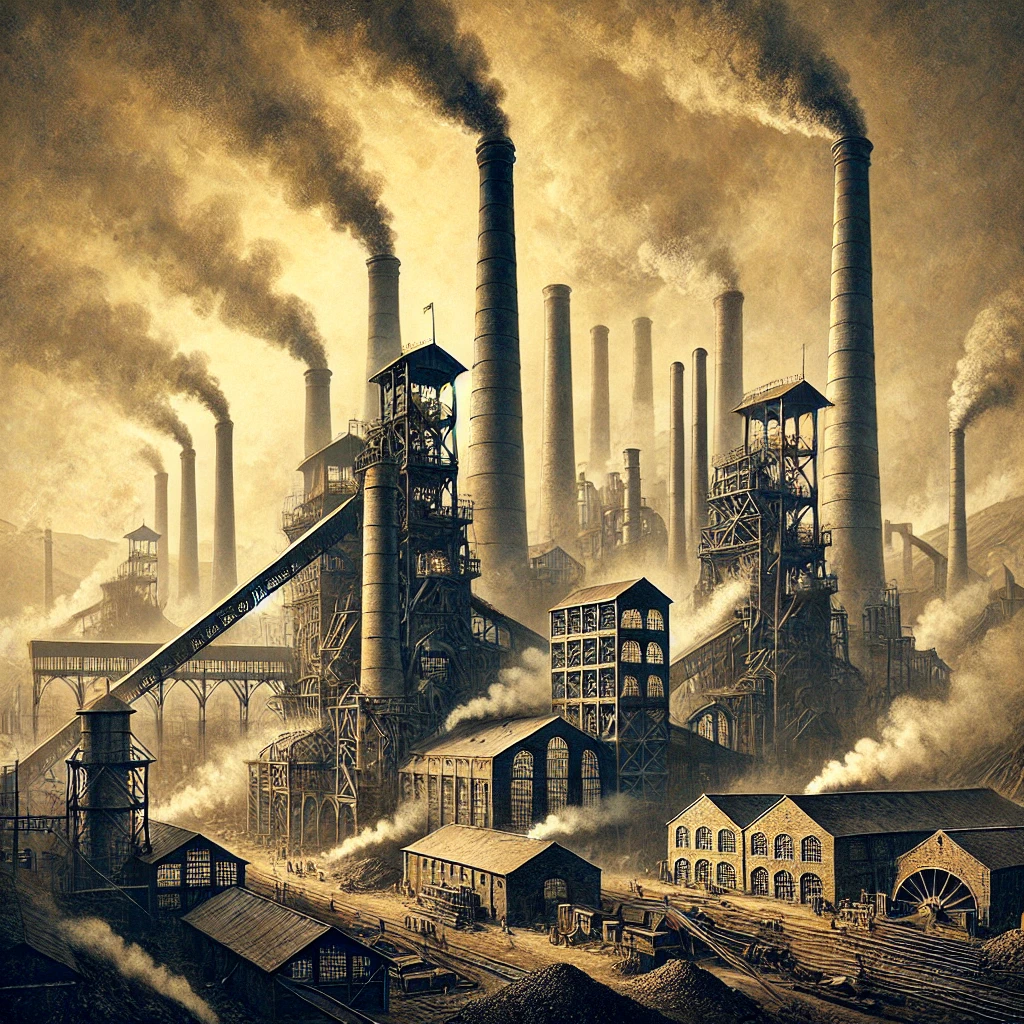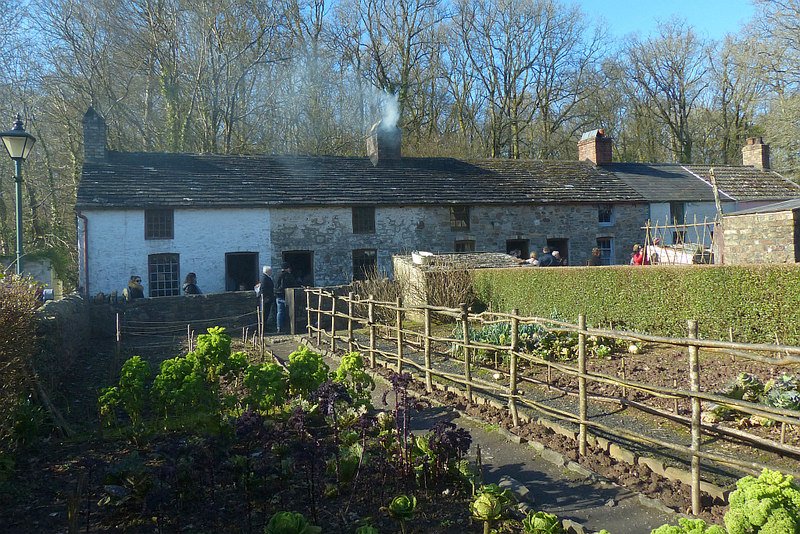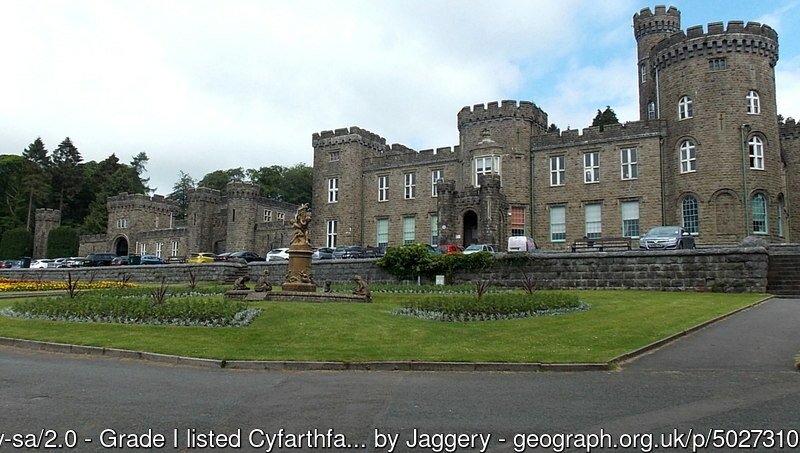It is almost impossible to look at a census return from Merthyr Tydfil in South Wales and not come across iron workers described as Puddlers.
I thought I’d offer a quick outline of these:
Puddlers in the Merthyr Tydfil Ironworks: Forging Iron and Community.
In the 19th century, Merthyr Tydfil was one of the most important industrial towns in the world, driven by its ironworks. Among the skilled labourers working in these ironworks, Puddlers held a particularly vital role. Puddlers were responsible for converting pig iron into wrought iron, a labour-intensive process that required not only physical strength but also immense skill and precision.
The puddling process took place in a furnace where the puddlers stirred the molten pig iron with a long rod, separating impurities through oxidation. The work was brutal—puddlers worked in sweltering heat, enduring extreme temperatures for hours on end, all while carefully monitoring the iron as it turned from a liquid state to malleable wrought iron. This iron would then go on to be used in a range of industries, from building railways to manufacturing tools and machines.
Life of a Puddler: Tough, Dangerous, but Highly Valued.
Though physically exhausting and dangerous, puddlers were considered skilled craftsmen and were often paid better than other labourers in the ironworks. However, their work took a severe toll on their health. The intense heat, exposure to fumes, and constant physical exertion led to respiratory issues, joint problems, and a reduced life expectancy. Despite these hardships, puddlers were highly respected within their communities and often passed their skills down through generations, creating family traditions of working in the iron industry.

Puddlers and Their Communities in Merthyr Tydfil.
Merthyr Tydfil’s ironworks, particularly those at Dowlais and Cyfarthfa, were at the heart of the town’s economy. Thousands of workers, including puddlers, lived in nearby terraced cottages, creating tight-knit communities bound by the iron industry. Their lives revolved around the rhythms of the ironworks: long hours, hard labour, but also strong camaraderie and a shared identity.

The iron industry also attracted waves of migrants to Merthyr Tydfil, with workers arriving from across Wales, England, and Ireland, contributing to a rich cultural mix. As a result, these communities often saw overlapping family connections, marriages between families of ironworkers, and strong social networks that extended beyond work.
Merthyr Tydfil’s Iron Legacy in Family History.
If your ancestors were ironworkers in Merthyr Tydfil, particularly puddlers, their lives would have been shaped by the intense demands of the iron industry. Many families stayed in the area for generations, with records such as: census data, ironworks employment registers, and local church records, offering valuable insights into their daily lives and work.
Puddlers often lived in specific areas of town, and exploring these places can bring their stories to life. Walking the same streets, visiting the remnants of old ironworks, or exploring historical records can offer a deeper understanding of the tough but proud lives they led.

Here’s an example of a resource from my local university library.
Robert Thompson Crawshay, Cyfartha, Papers, 1827-1883. Swansea University Archives. GB 217 LAC/20
Exploring the Crawshay Estate and Its Impact on Merthyr Tydfil’s Iron Industry.
The detailed estate records of Robert Thompson Crawshay (1817–1879), the ironmaster of Cyfarthfa Ironworks, provide an invaluable window into the operations of one of the most significant industrial figures in 19th-century Wales. These documents, which span from 1827 to 1883, allow genealogists and historians to explore the financial, social, and personal dimensions of the Crawshay family’s legacy, as well as the ironworkers whose lives were intertwined with the success of the Cyfarthfa ironworks.
Personal and Financial Management of Cyfarthfa Ironworks.
One of the key figures within this collection is William Jones, Crawshay’s personal manager and financial agent. The detailed account books he maintained, covering the years 1868 to 1878, offer a rare look into the financial workings of the estate, including annual income and expenditure. These records could be particularly useful if your ancestors were employed at Cyfarthfa, as they might provide information on wages, living conditions, or even personal connections between the Crawshay family and their workers.
The documents also offer a glimpse into the daily operations of the Crawshay household. From household account books and bills to an inventory of Crawshay’s investments and personal effects, these records help paint a broader picture of life at the estate. They reveal not only the family’s wealth but also how it was managed in the years leading up to Crawshay’s death in 1879.
Legacy and Connections to Employees.
The papers include a list of employees at Cyfarthfa, along with notes on Robert Thompson Crawshay’s funeral arrangements. If your research focuses on ironworkers, this document could offer direct insights into individuals employed at the ironworks and their relationship with the Crawshay family. It also highlights the impact of Crawshay’s death on the community and the estate.
Additionally, the collection contains a copy of R.T. Crawshay’s will and codicils, and financial records relating to the settlement of his estate, such as valuations and inventories of personal effects. These records provide a rich understanding of how Crawshay’s wealth and influence were dispersed after his death, and may even reference individuals within the community who played a role in managing or benefiting from his estate.
Impact on Local Communities.
Documents like Ordnance Survey maps, detailing proposed developments in the Cathays area of Cardiff, and records relating to the Caversham estate, show the broader scope of Crawshay’s influence. His investments and property developments weren’t limited to Merthyr Tydfil, and his decisions had ripple effects on local economies and communities.
For genealogical research, this collection offers more than just financial data because it provides a social and economic backdrop that can help put into context your ancestors’ lives, particularly if they worked for or were otherwise connected to the Crawshay family. The estate records could also highlight how families of ironworkers were impacted by the ups and downs of industrial fortunes during this era.


Leave a Reply